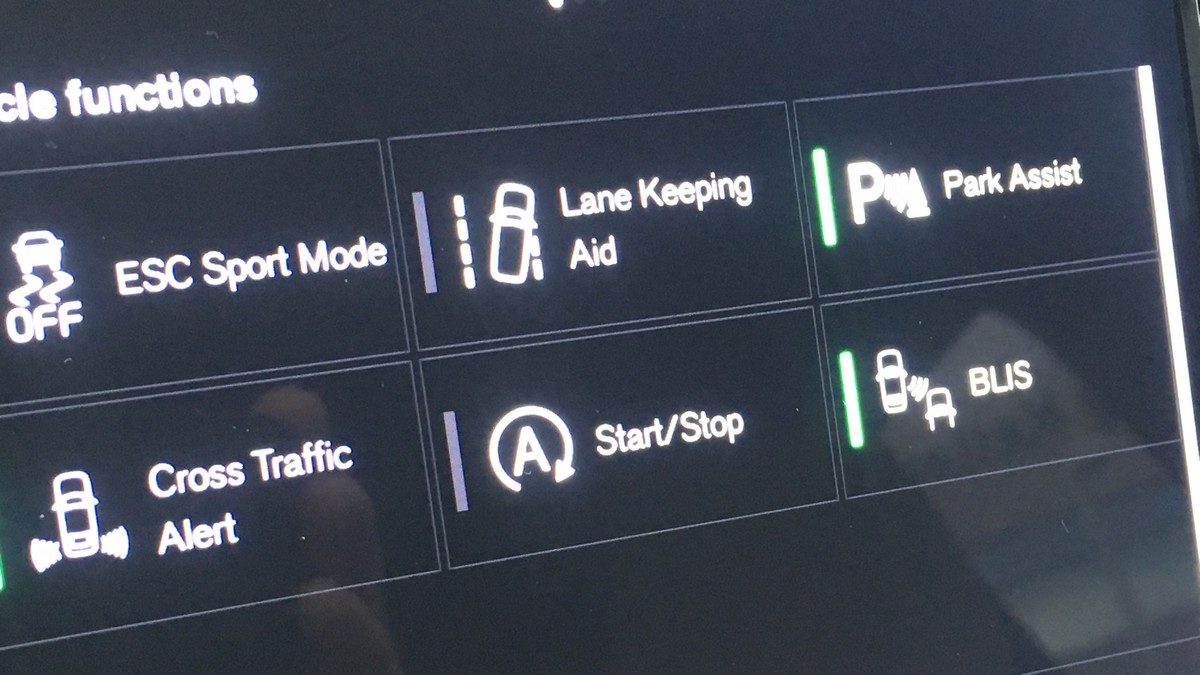EPA Administrator Lee Zeldin has recently criticized start/stop technology in vehicles, stating that the EPA is ‘fixing’ this feature because ‘everyone hates it.’ Start/stop technology automatically shuts off a car’s engine when it comes to a stop, such as at red lights, and restarts it when the driver is ready to move again.
Background on Start/Stop Technology
The technology has been incentivized by the EPA through ‘off-cycle credits’ that encourage car manufacturers to implement features that reduce vehicle emissions. While not mandatory, its adoption has grown significantly, from 9% of vehicles in 2016 to 65% in 2023.
Consumer Reaction and Technical Considerations
Many drivers disable the feature when available, as it can cause discomfort by shutting off the air conditioning. However, recent advancements, such as in Hyundai’s 2026 Palisade, have addressed this issue by maintaining climate control during engine shutdown.
Fuel Efficiency Impact
A 2023 study by SAE found that start/stop technology can reduce fuel consumption by 7.27% to 26.4%, depending on the amount of idle time. Despite its potential benefits, consumer dissatisfaction remains high, with many finding the frequent engine restarts annoying.
Current Status and Future Developments

As the automotive industry continues to evolve, the debate over start/stop technology highlights the balance between environmental goals and consumer preferences.


